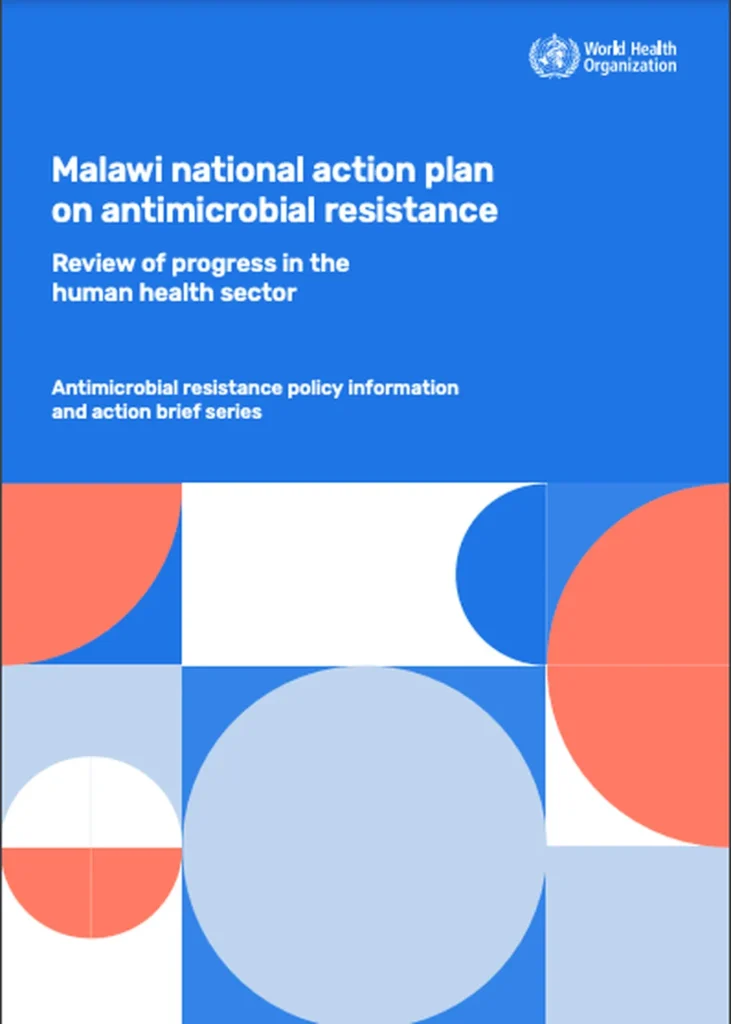In the heart of Malawi, a silent battle is being waged against an invisible foe: antimicrobial resistance (AMR). This global threat, exacerbated by the widespread use of antimicrobials, is particularly acute in low- and middle-income countries like Malawi, where weak regulatory frameworks and limited enforcement capacity contribute to inappropriate use of antibiotics. A recent study published in the journal *Science in One Health* (translated to English as “Science in Unified Health”) has shed light on the governance and regulatory frameworks for antimicrobial use (AMU) in Malawi’s agricultural sector, offering a roadmap for enhancing antimicrobial stewardship and mitigating the spread of AMR.
Led by Amos Lucky Mhone, a researcher affiliated with the Health Program at the International Livestock Research Institute in Nairobi, Kenya, and the Department of Veterinary and Animal Sciences at the University of Copenhagen, Denmark, the study employed a qualitative approach. This involved a comprehensive review of policy and legal documents, coupled with semi-structured stakeholder interviews. The aim was to identify regulatory gaps and provide actionable recommendations for improving AMU governance in Malawi’s agricultural sector.
The analysis uncovered a trove of 522 policies relevant to AMU in agriculture, with a significant portion addressing aquatic animal health, food safety, and animal feed. However, the study also revealed several critical regulatory gaps, including the absence of a legal definition for “antimicrobials,” a national essential veterinary medicines list, and standardized veterinary treatment guidelines. “The lack of clear definitions and guidelines is a significant hurdle in our fight against AMR,” Mhone explained. “It’s like trying to navigate a ship without a compass.”
Perhaps most alarmingly, the study found no restrictions on the use of critically important antimicrobials for human health in veterinary settings, minimal oversight of antimicrobial-medicated feed, and no established protocols for on-farm antimicrobial disposal. “We’re treading on thin ice,” Mhone warned. “The unchecked use of antimicrobials in agriculture is not only a threat to animal health but also to human health and the environment.”
Stakeholder mapping revealed another layer of complexity: limited knowledge sharing among institutions and a dependence on international donors for AMR/AMU-related activities. This raises concerns about the sustainability of current initiatives and underscores the need for stronger One Health coordination mechanisms.
So, what does this mean for the future of agriculture in Malawi and similar countries? The study’s recommendations offer a glimmer of hope. By establishing a comprehensive AMR and AMU monitoring program, updating existing regulations, developing national veterinary treatment guidelines, and restricting non-therapeutic AMU, Malawi can enhance antimicrobial stewardship and reduce AMU. Moreover, strengthening One Health coordination mechanisms and promoting stakeholder collaboration can foster a more sustainable and resilient agricultural sector.
As Mhone put it, “This is not just about tackling AMR; it’s about building a more robust and sustainable agricultural system that benefits both humans and animals.” The study’s findings and recommendations, published in *Science in One Health*, serve as a clarion call for action, urging policymakers, regulators, and stakeholders to come together and address the pressing issue of AMR in agriculture.
In the words of Mhone, “We have a unique opportunity to steer the ship in the right direction. Let’s not squander it.” The future of agriculture in Malawi and similar countries depends on it.

